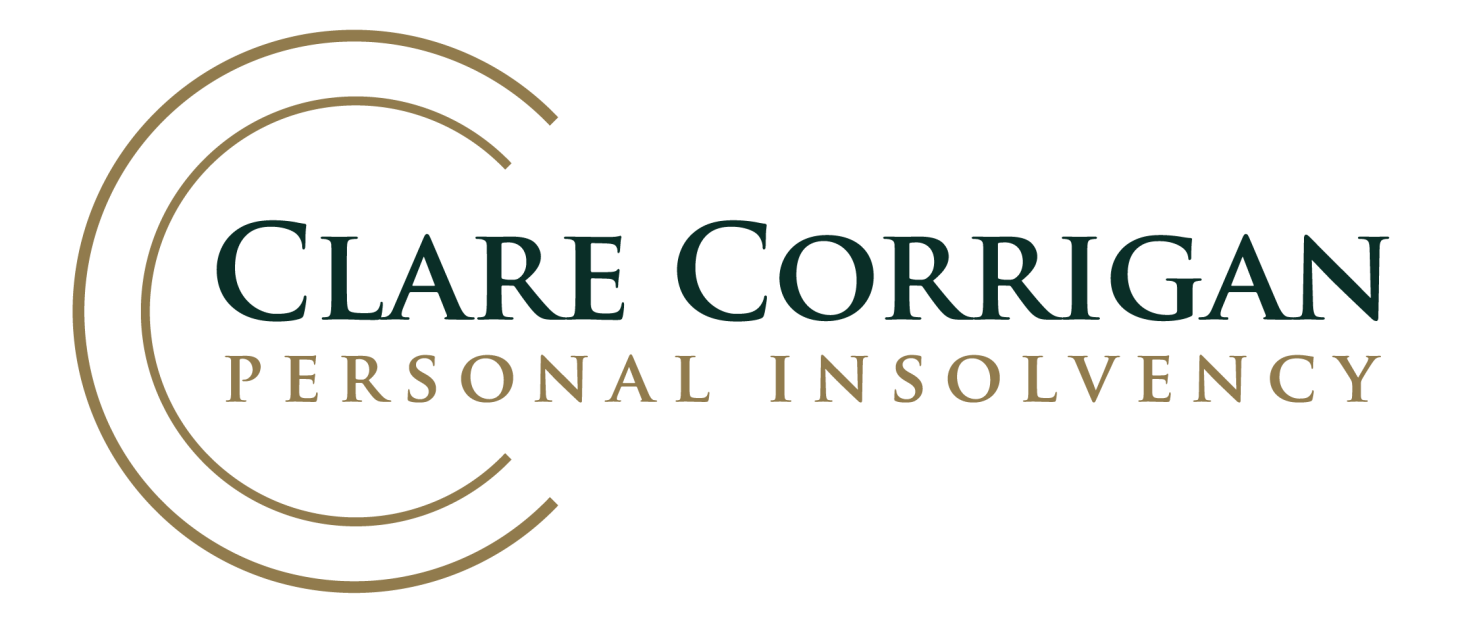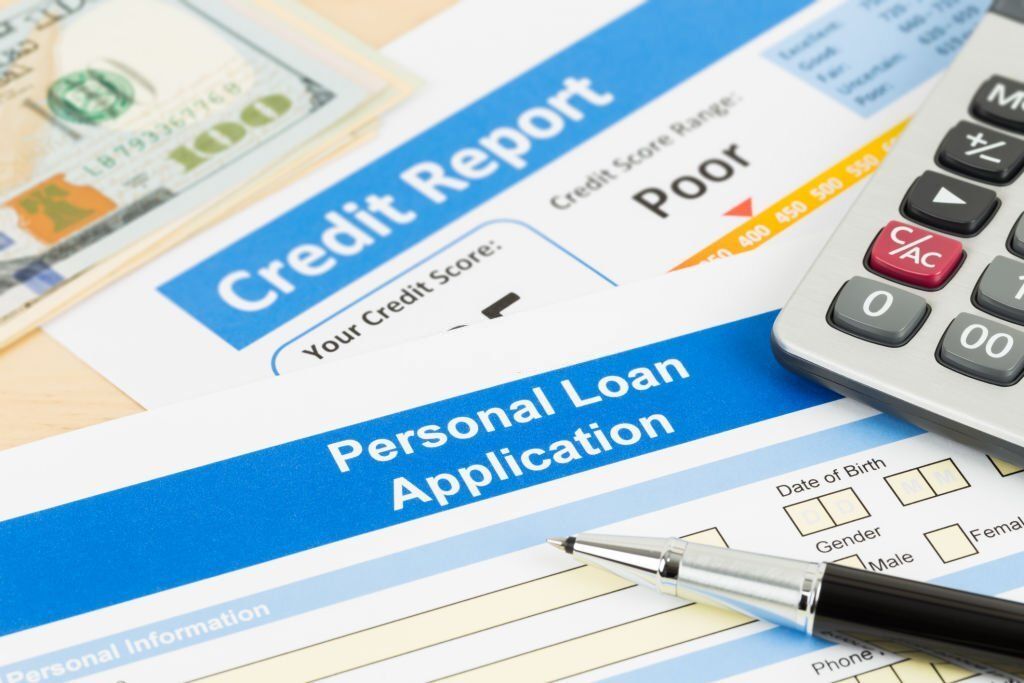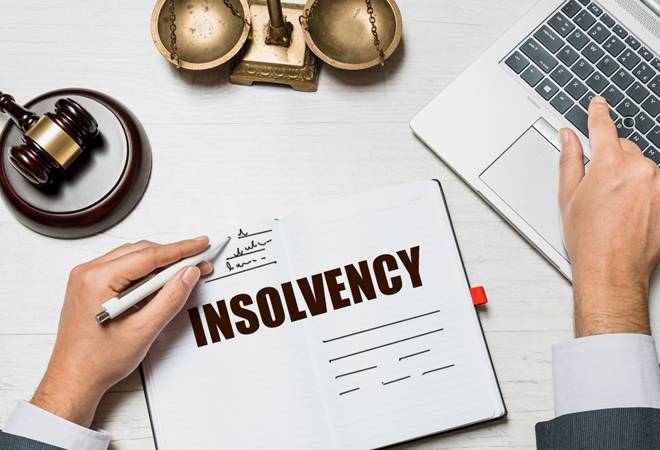Bankruptcy Made Simple
Facing financial difficulties can be one of the most challenging experiences in life. The stress, anxiety, and uncertainty that accompany overwhelming debt can feel insurmountable. At Clare Corrigan Personal Insolvency, we understand the emotional and practical challenges that come with financial distress. Our bankruptcy services are designed to offer a compassionate, empathetic, and pragmatic approach to help you navigate these tough times and find a path to financial recovery.
Overcoming Bankruptcy
Bankruptcy is a serious matter, but it could be the right choice for you. Do not let fear or anxiety cloud your judgment. Instead, gain the expertise and understanding of Clare Corrigan Personal Insolvency – a team of experienced dedicated personal insolvency professionals and support personnel who are ready to assist and guide you. With the knowledge, clarity and insight Clare and her team can provide, you can navigate this process with ease and peace of mind.
What is Bankruptcy?
Bankruptcy is a legal process designed to offer protection to those unable to pay outstanding debts. At the same time, bankruptcy helps creditors to recoup as much of the money owed as possible. This is often considered a last resort, but bankruptcy can provide a fresh start for those struggling with debt.
Bankruptcy Laws and Regulations in Australia
Bankruptcy laws in Australia are governed by the
Bankruptcy Act 1966, which outlines the legal process for individuals facing insolvency. The primary purpose of these laws is to provide a framework for debtors to manage their financial affairs when they are unable to meet their obligations.
Key Features of Bankruptcy Laws in Australia:
- Voluntary and Involuntary Bankruptcy: Individuals can declare bankruptcy voluntarily by lodging a Debtor’s Petition, while creditors can initiate bankruptcy proceedings against debtors through a Creditor's Petition.
- Duration of Bankruptcy: Bankruptcy typically lasts for three years and one day, during which the debtor's financial affairs are managed by a trustee appointed by the Australian Financial Security Authority (AFSA).
- Assets and Income: Certain assets and income are protected from creditors during bankruptcy, including essential household items, tools of trade, and a portion of the debtor's income.
- Debt Discharge: At the end of the bankruptcy period, most debts are discharged, giving debtors a fresh start. However, some debts, such as court-imposed fines and penalties, are not usually discharged.
- Consequences of Bankruptcy: Bankruptcy can have significant consequences, including restrictions on travel, limitations on obtaining credit, and potential impacts on employment in certain professions.
Regulatory Bodies and Enforcement
- Australian Financial Security Authority (AFSA): AFSA is the government agency responsible for overseeing personal insolvency processes, including bankruptcy administration and trustee services.
- Bankruptcy Trustees: Clare Corrigan, a registered bankruptcy trustee, plays a crucial role in managing bankruptcies, including assessing the debtor's financial situation, distributing funds to creditors, and ensuring compliance with bankruptcy laws.
Recent Developments and Reforms
- Personal Insolvency Law Reforms: The government periodically reviews and updates insolvency laws to enhance efficiency, fairness, and creditor protection, promoting a balance between debtor rehabilitation and creditor rights.
Bankruptcy in Australia
Bankruptcy in Australia is a legal process for individuals facing unmanageable debt. Governed by the
Bankruptcy Act 1966, this process lasts for at least three years and one day and involves a registered trustee overseeing the debtor's financial affairs. The sale of assets and income contributions may apply during bankruptcy, with most debts discharged at its conclusion. It is a structured approach to managing debt, offering a chance for a fresh financial start after the process ends.
Bankruptcy Exemptions in Australia
In Australia, bankruptcy laws include exemptions that protect certain assets and income from being seized or used to repay debts during the bankruptcy process. These exemptions are designed to ensure that individuals and families maintain a basic standard of living and have the means to recover financially after bankruptcy. Some common bankruptcy exemptions in Australia include:
- Household Goods and Personal Effects: Essential household items such as furniture, appliances, clothing, and personal effects are typically exempt from bankruptcy proceedings. These exemptions ensure that individuals and families can maintain a basic level of comfort and functionality in their homes.
- Tools of Trade: Tools, equipment, and vehicles necessary for the debtor's employment or business are often exempt from bankruptcy. This exemption recognises the importance of maintaining employment or business operations.
- Superannuation: Generally, superannuation funds (retirement savings) are protected from bankruptcy and cannot be used to repay creditors. This exemption encourages individuals to continue saving for retirement and provides a financial safety net for the future.
- Certain Income: A portion of the debtor's income may be exempt from bankruptcy, allowing them to cover essential living expenses such as housing, utilities, food, and medical costs. This exemption helps ensure that individuals can meet their basic needs during the bankruptcy process.
- Life Insurance Policies: Life insurance policies held by the debtor may be exempt from bankruptcy, depending on the type and purpose of the policy. Exempt policies typically include those designed to provide for dependents or cover funeral expenses.
- Compensation Payments: Certain types of compensation payments, such as those related to personal injury or workers' compensation, may be exempt from bankruptcy. These exemptions aim to protect funds intended to compensate for losses or injuries suffered by the debtor.
- Child Support and Maintenance: Payments received or paid for child support or spousal maintenance are generally exempt from bankruptcy proceedings. This exemption ensures that essential support payments continue without interruption.
Bankruptcy Discharge in Australia
The bankruptcy discharge process in Australia involves several steps and criteria that individuals must meet to have their debts formally released. The process and the criteria for discharge, along with Clare Corrigan's assistance in guiding individuals through this process effectively:
Bankruptcy Discharge Process
- Duration of Bankruptcy: Bankruptcy typically lasts for three years and one day, during which the individual's financial affairs are managed by a trustee appointed by the Australian Financial Security Authority (AFSA).
- Compliance with Obligations: To qualify for discharge, individuals must comply with their obligations during bankruptcy, which includes cooperating with the trustee, attending meetings, disclosing financial information, and making income contributions if required.
- Assessment of Compliance: The trustee assesses whether the individual has met all requirements and fulfilled their obligations throughout the bankruptcy period. This assessment ensures that the individual has acted in good faith and followed the rules of the bankruptcy process.
- Debt Repayment: While most debts are discharged at the end of bankruptcy, certain debts may not be discharged, such as court-imposed fines, penalties, debts incurred through fraud, or ongoing obligations like secured debts (e.g. mortgages or car loans).
- Review and Decision: The trustee reviews the administration file for discharge, ensuring that all criteria and obligations have been met. If everything is in order, they issue a Certificate of Discharge, formally releasing the individual from bankruptcy.
Clare Corrigan's Assistance
Clare Corrigan, as a registered bankruptcy trustee, plays a crucial role in guiding individuals through the bankruptcy discharge process effectively. She provides personalised assistance and support, including:
- Comprehensive Assessment: Clare has a hands-on approach to conducting a thorough assessment of the individual's financial situation, ensuring they understand their obligations and requirements during the administration.
- Guidance and Compliance: Clare advises individuals on how to comply with their obligations during bankruptcy, such as attending meetings, making income contributions, and maintaining accurate financial records.
- Communication and Updates: Throughout the process, Clare communicates with the individual, providing updates on their progress towards discharge and addressing any questions or concerns they may have.
- Post-Discharge: After discharge, Clare is open to providing any further assistance or guidance needed providing a holistic approach to guarantee a financially stable future.
Bankruptcy Advice: How We Can Help You Take the First Steps
At Clare Corrigan Personal Insolvency, we deliver support for anyone who may be facing bankruptcy – or who may be considering bankruptcy as an option. We recognise how difficult and stressful this process can be, which is why we apply our expertise as we help you move forward with your life and work.
Expert bankruptcy advice and guidance
Filing for bankruptcy is a difficult decision. It may be the best option for your situation but, you need to be aware of all the options available before you make that call – for example, should you seek hardship or temporary debt protection and avoid bankruptcy or enter into a formal personal insolvency option? This is where Clare Corrigan can assist. We offer expert advice and guidance to our clients to ensure that the right option is chosen to meet their individual needs.
Clare Corriga Bankruptcy Trustee Service
We recognise that bankruptcy can be a difficult subject, and we know that a personal compassionate approach is crucial. We are at your side, providing expert technical advice as well as emotional support.
Working alongside you
When financial pressures mount, it can be hard to see a way out. Our team is here to provide a compassionate ear and a supportive presence. We recognise the emotional toll that financial troubles can take, and we strive to create an environment where you feel heard, respected, and understood. Our goal is to alleviate some of the burdens you're carrying by offering a space where you can discuss your concerns openly and without judgment.
Close communication throughout the whole process
Effective communication and transparency are the cornerstones of our service philosophy. We recognise that each client's situation is unique, with its complexities and nuances. That's why we take the time to listen carefully to your concerns, understand your goals, and keep you informed at every step of the way.
Our close, communicative, and collaborative approach ensures that you are actively involved in the decision-making process. We believe in transparency and honesty, providing you with clear explanations and regular updates on the progress of your case. Whether it's discussing potential options, reviewing documents, or addressing any questions or concerns you may have, we are committed to keeping you informed and engaged throughout the entire process.
Your Partner in Financial Recovery
Choosing bankruptcy is never an easy decision, but it can be a necessary step towards regaining control of your financial life. At Clare Corrigan Personal Insolvency, we are committed to being your partner in this journey. We will stand by you, offering the support and guidance you need to rebuild your financial foundation. Our comprehensive bankruptcy services are designed to help you manage your debts, protect your assets where possible, and emerge from this experience with a clearer, more stable financial outlook.
FAQ's for Understanding Bankruptcy in Australia
How do you declare bankruptcy?
To declare bankruptcy in Australia, you need to complete and lodge a Bankruptcy Form with the Australian Financial Security Authority (AFSA). You may also seek assistance from a registered bankruptcy trustee who can guide you through the process. At Clare Corrigan Personal Insolvency, we offer close personal compassionate support throughout the process to ensure that the forms are lodged correctly and all your questions are answered to ensure that you a confident with your choice moving forward.
How does bankruptcy work?
A trustee is appointed to manage the financial affairs of the bankrupt, and certain assets and income may be used to repay creditors.
How to declare yourself bankrupt?
To declare yourself bankrupt, you need to initiate the process by completing a Bankruptcy Form. It's essential to understand the implications and responsibilities of bankruptcy before declaring yourself bankrupt.
What are the eligibility criteria for bankruptcy?
Eligibility criteria for bankruptcy in Australia include being insolvent (unable to pay debts as they fall due). Individuals or their businesses must also meet residency or connection requirements in Australia.
Can I keep any assets if I declare bankruptcy?
Certain assets, known as exemptions, may be protected from being seized or used to repay creditors during bankruptcy. These exemptions typically include essential household items, tools of trade, superannuation, and a portion of income.
What debts are not discharged in bankruptcy?
While most debts are discharged at the end of bankruptcy, certain debts are not typically discharged. These may include court-imposed fines, penalties, debts incurred through fraud or dishonesty, and ongoing obligations like secured debts.
How long does bankruptcy last?
Bankruptcy in Australia generally lasts for three years and one day.
What are the consequences of bankruptcy?
Consequences of bankruptcy may include restrictions on obtaining credit, limitations on overseas travel, potential impacts on employment in certain professions, and the requirement to disclose bankruptcy status in certain situations.











